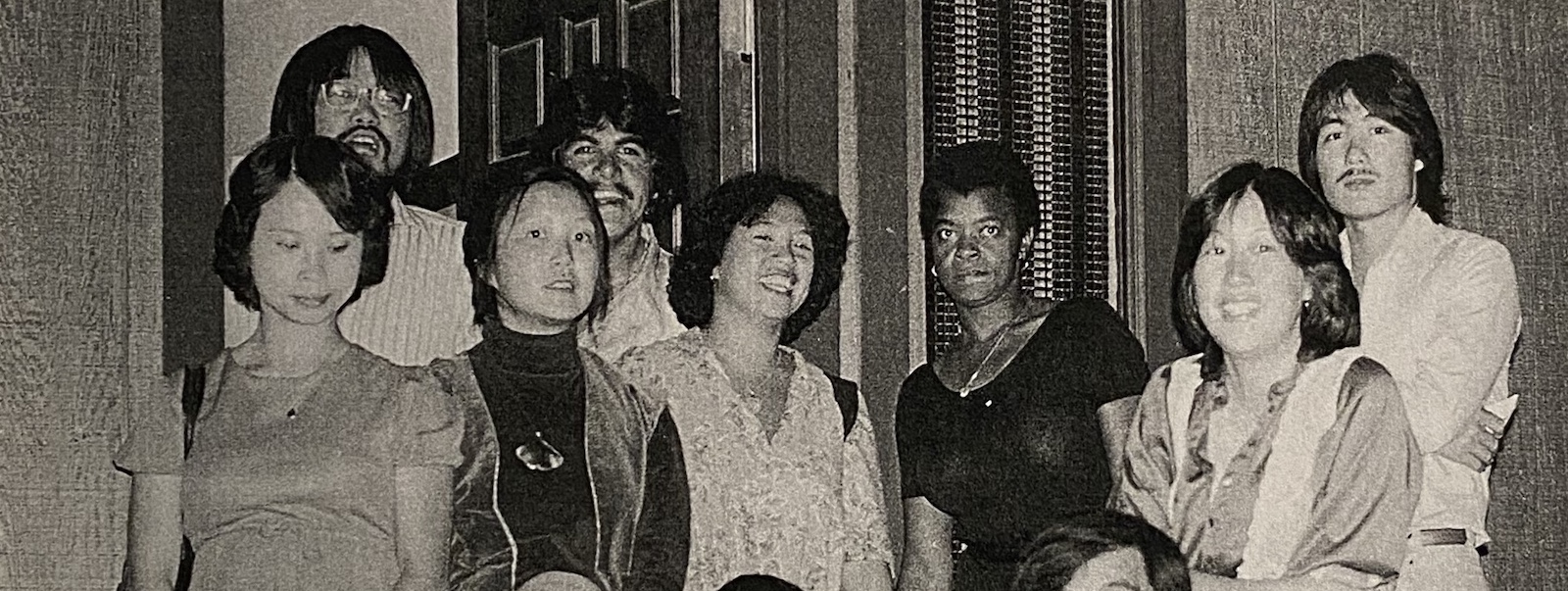1998-2005: Realignment, Asian American Majority
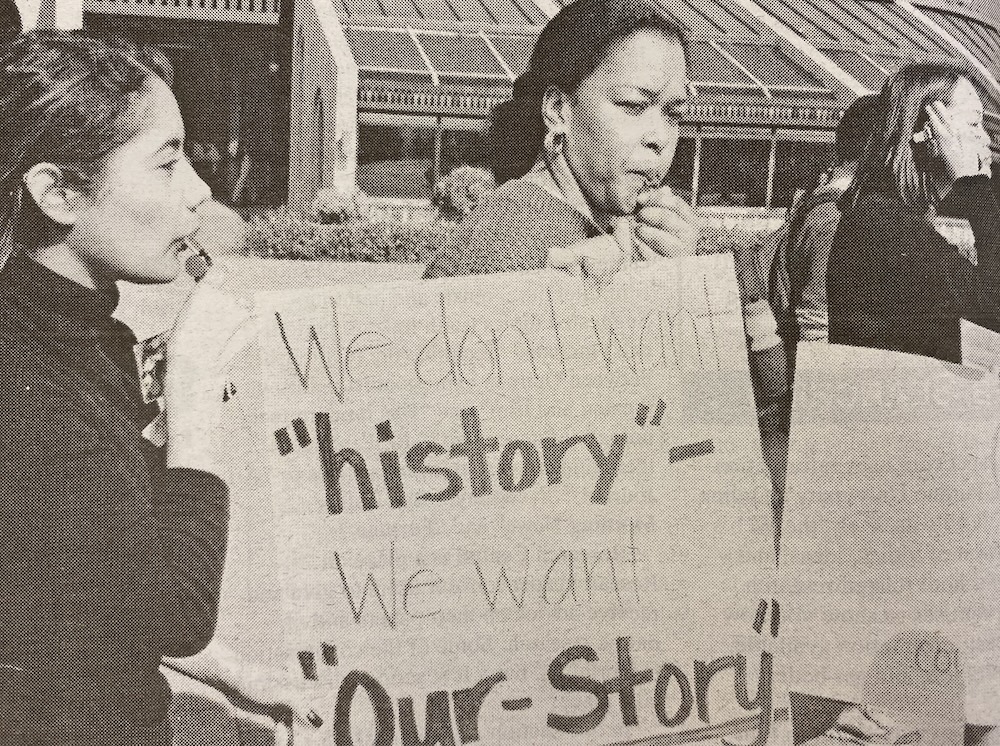
Members of Students for Justice walk out to protest proposed changes in the general education criteria. (La Voz, 1999)
Overview
The new millennium ushered in new battles over the future of Ethnic Studies. De Anza’s criteria for general education sparked a schoolwide debate when it was proposed that a clause requiring GE (general education) classes be taught from a multicultural perspective be removed. Just a few years later, a proposal to realign De Anza transfer requirements with UC and CSU standards threatened to make ICS courses optional.
During this time, Asian Americans became the new majority on campus. APASL and APALI events promoted a dialogue of political activism on campus, with emphases on intersectionality, labor rights, and pan-ethnic unity. APALI began holding summer Youth Leadership Academy classes on campus. Meanwhile, a growing South Asian population and the post-9/11 “war on terror” compelled Japanese American community members to speak out against the treatment of Arab and South Asian Americans.
The notion of Japanese and Arab/South Asian American unity holds true to a certain extent. While not all Japanese Americans may share the same political views, key figures at De Anza College who did were able to find like-minded individuals. Together, they organized events and discussions that took a clear political stance, advocating for pan-ethnic solidarity against U.S. domestic policies they believed infringed on civil liberties.
In doing so, they created history. And by recording these events here, we continue to write/rewrite this history.
Key Events
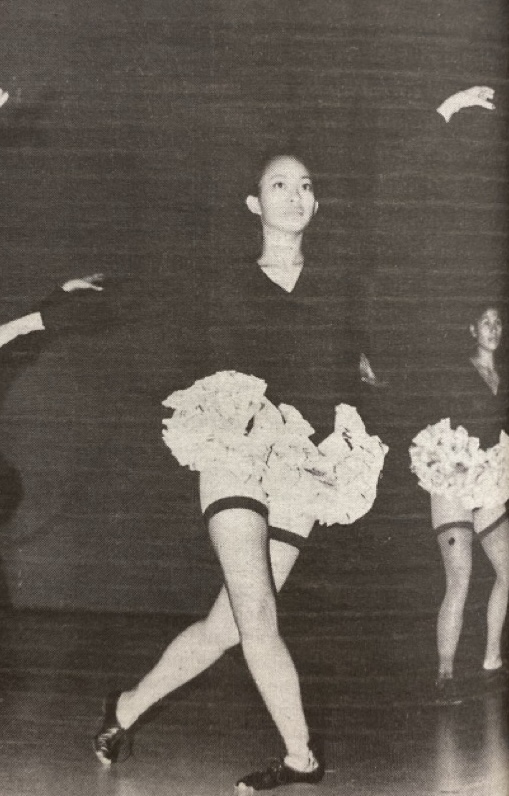
A student performs at a dance showcase. (La Voz, 1994)
1998
Asian student population grows
The Asian student population reaches parity with White students on campus. And by winter 2000, according to the FHDA Demographic Fact Sheets, Asians have become the largest ethnic group on campus.
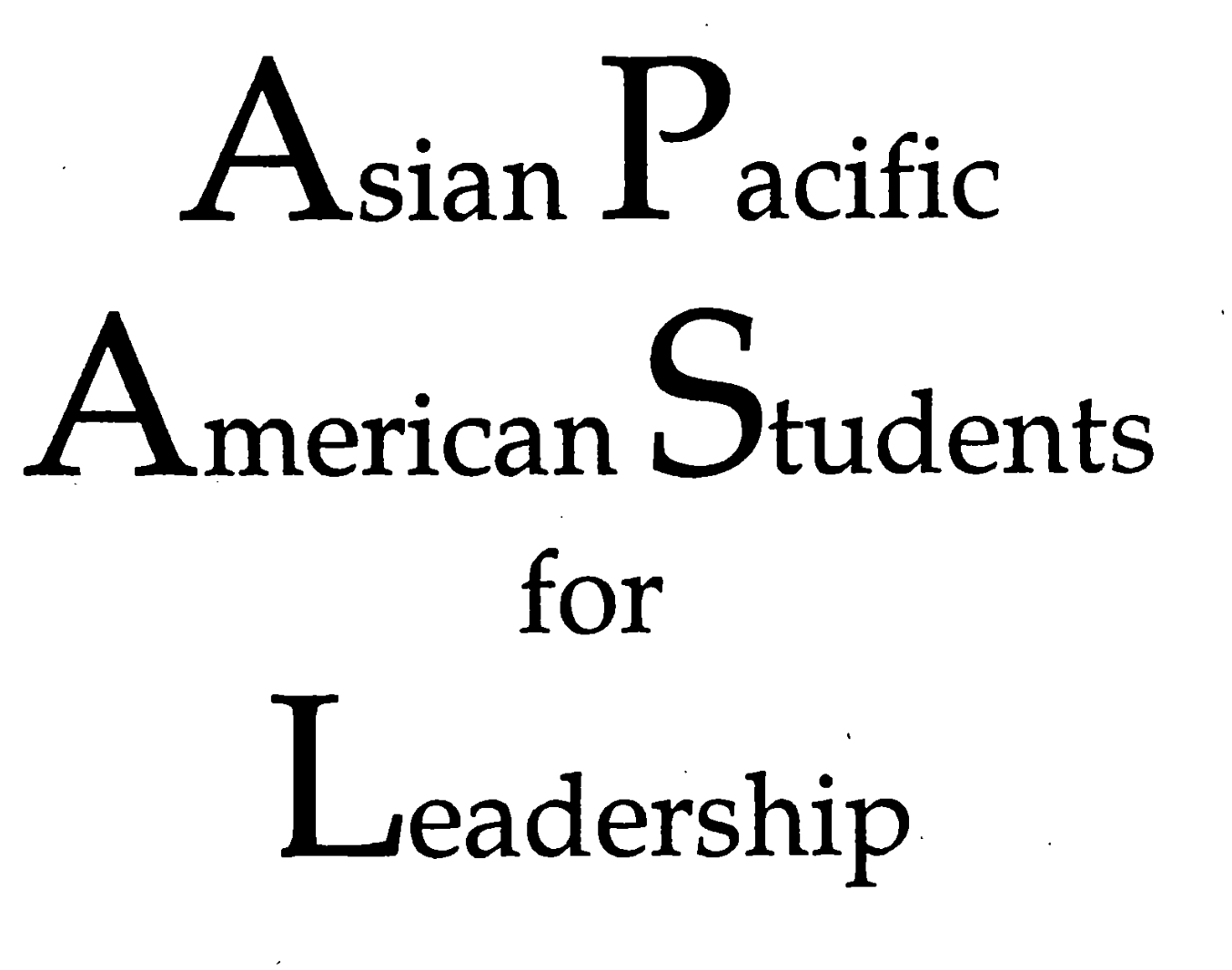
Image from flier for an APASL intro meeting (1999)
January 1999
APASL introductory meeting
An Asian Pacific American Students for Leadership (APASL) introductory meeting is held at Don Bautista Room, Campus Center.
The club name reflected this period of Asian American and Pacific Islander community building. The term Asian Pacific American was a common shorthand for pointing to two diverse pan-ethnic groups: Asian Americans and Pacific Islanders. Though it's not always a preferred term nowadays.

Image from flier for APALI's Youth Leadership Academy (2010)
Summer 1999
APALI Youth Leadership Academy held at De Anza
APALI holds its first iteration of the Youth Leadership Academy, a special summer class designed for students interested in exploring Asian American experience, community, leadership, and civic involvement.
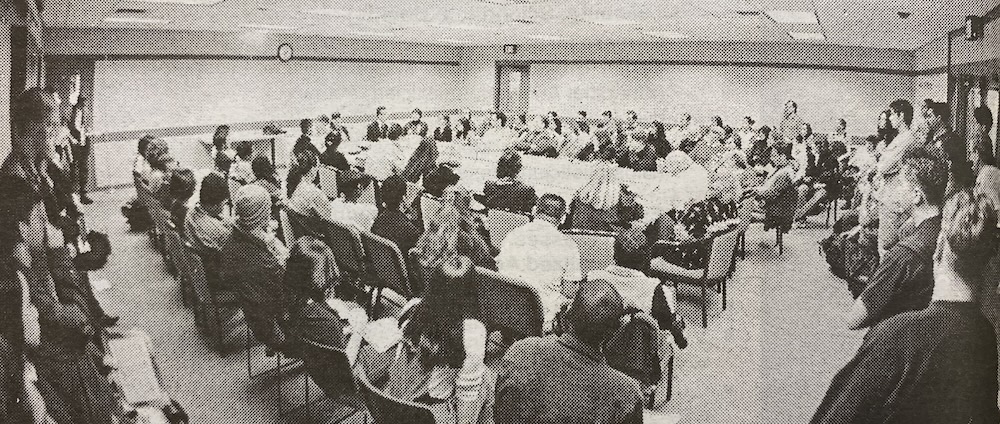
Over 200 people showed up to an Academic Senate meeting to voice their opinions over the general education critera. (La Voz, 1999)
1998-1999
"General Education and Diversity Cause Uproar"
De Anza's criteria for general education (GE) sparks a debate involving students, instructors and administration when it was proposed that De Anza eliminate a clause in the criteria that required all classes qualifying for general education to be taught from a multicultural perspective. Over 200 people, including Foothill-De Anza College District Chancellor, Leo Chavez, show up to an Academic Senate meeting to voice their opinions about the proposal, which was ultimately not passed.
It's not clear to us when the GE multicultural perspective requirement was added, but based on this La Voz article that mentions a "mandatory multicultural requirement may be implemented," we're guessing it was around 1992.
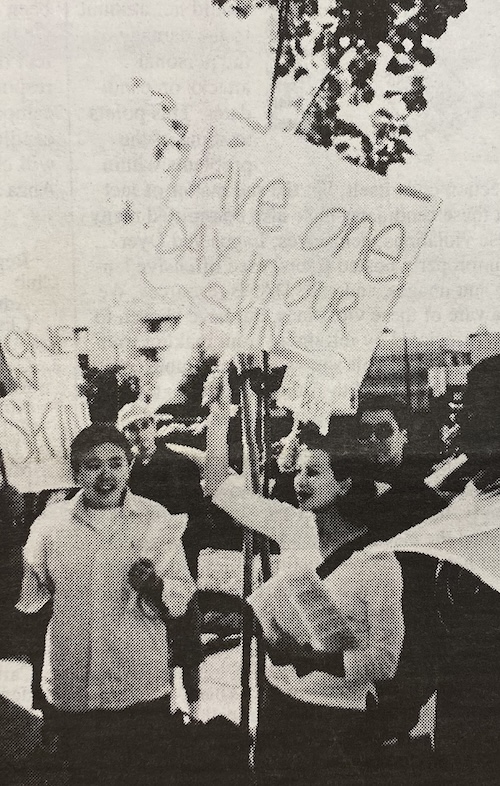
Lily Duong and other De Anza students hold protest signs at the Fillmore. (La Voz, 2000)
May 24, 2000
Bloodhound Gang demonstration
A La Voz article entitled "Racist lyrics prompt protest" reports that De Anza students show up at the Fillmore Nightclub in San Francisco to demonstrate against the Bloodhound Gang for their controversial song, "Yellow Fever."
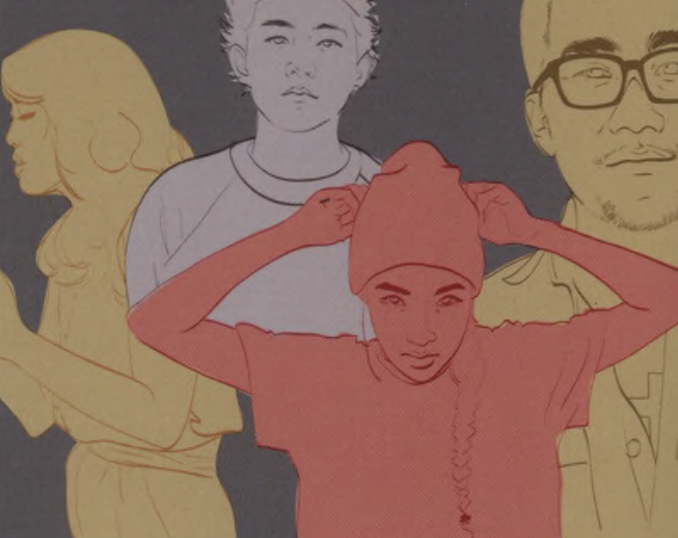
Illustration from the 2015 APA Conference brochure
Fall 2000
Asian American majority
According to the FHDA District Demographic Fact Sheet, Asian American students become the largest ethnic group on De Anza's campus, comprising 31% of the student body.
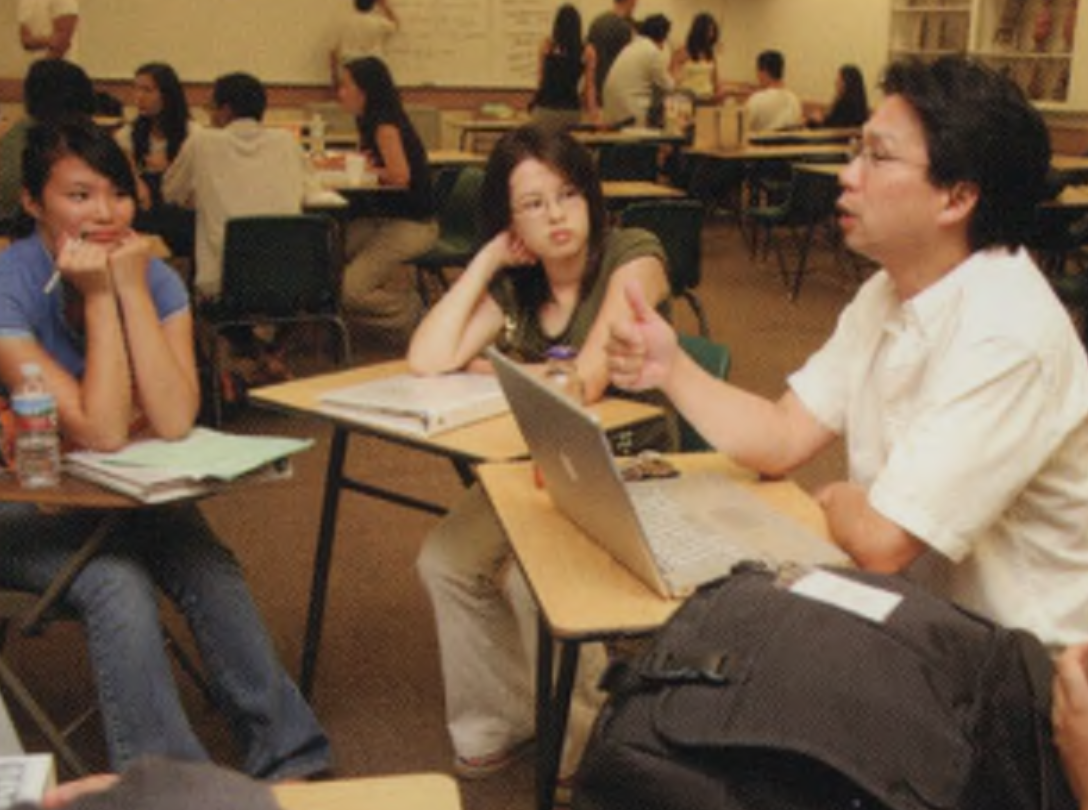
Leadership Training Internship, APALI Brochure
December 3, 2001
“Realignment proposal could affect transfers”
A proposal to realign De Anza College’s transfer requirements with UC and CSU standards aims to simplify the transfer process for students. However, this change would also make existing courses in ICS optional.
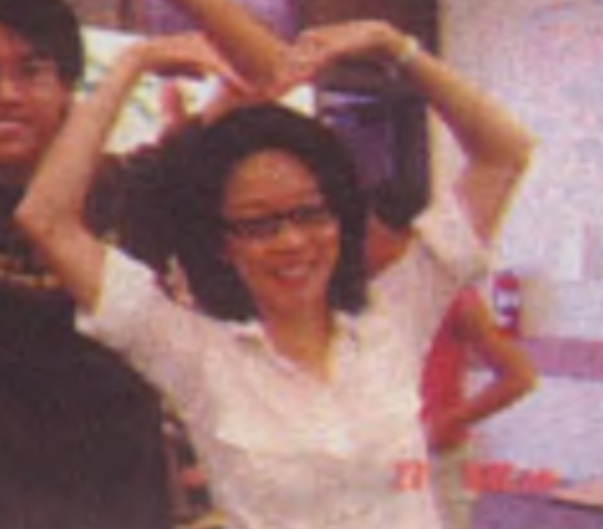
Image from APALI Youth Leadership Academy Yearbook (2005)
Fall 2001
Mae Lee is hired
Yup, that's me! I was just finishing up grad school when I taught my first class. It was ICS 20: Asian American Experience. I loved teaching it!
Mae Lee teaches as a part-timer at De Anza. She converts to full-time in 2003, teaching comparative Ethnic Studies class and Asian American Studies.
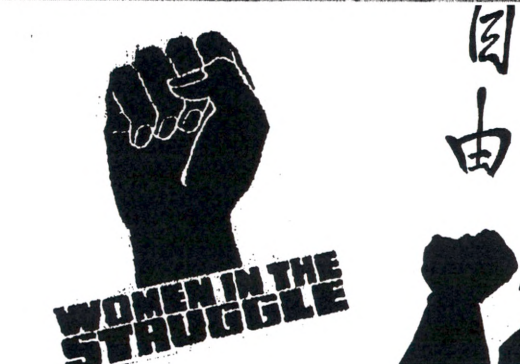
Image from program for “Asian American Youth and Social Justice Movements: Then and Now” held at De Anza (2002)
May 2002
Asian Pacific Heritage Month Events
The ICS Division and California History Center jointly hold a series of events and exhibits celebrating Asian Pacific Heritage Month. These events focus on social justice movements and activists, particularly during the Civil Rights era from which Asian American Studies emerged.
Programming includes presentations on Chicana activism and Latino activism. Another event on Silicon Valley labor organizing is covered by a La Voz article entitled "Local activist talks about issues of social justice in Silicon Valley."
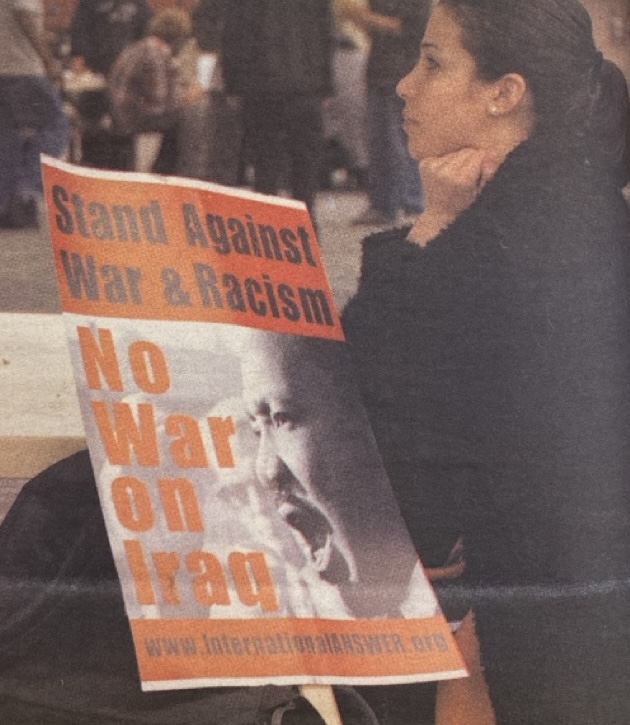
A student holds a sign from a "Books not Bombs" protest. (La Voz, 2003)
February 18, 2003
"Survivor of WWII internment camps speaks out"
At De Anza's annual "Day of Remembrance" event, speakers including Fred Korematsu draw parallels between Japanese American internment of the past and anti-Muslim policies today.
Takeaways
There was a lot going on with Asian American Studies. I remember working with the APASL student club and APALI's Youth Leadership Academy. There was a lot of energy and excitement. There were dedicated students who were really active in getting others involved.
The student club and summer academy led to cohort after cohort of youth leaders who were keen to issues facing Asian Americans. They learned about Asian American history. They knew the importance of community building and advocacy. All because they had taken Asian American Studies!

